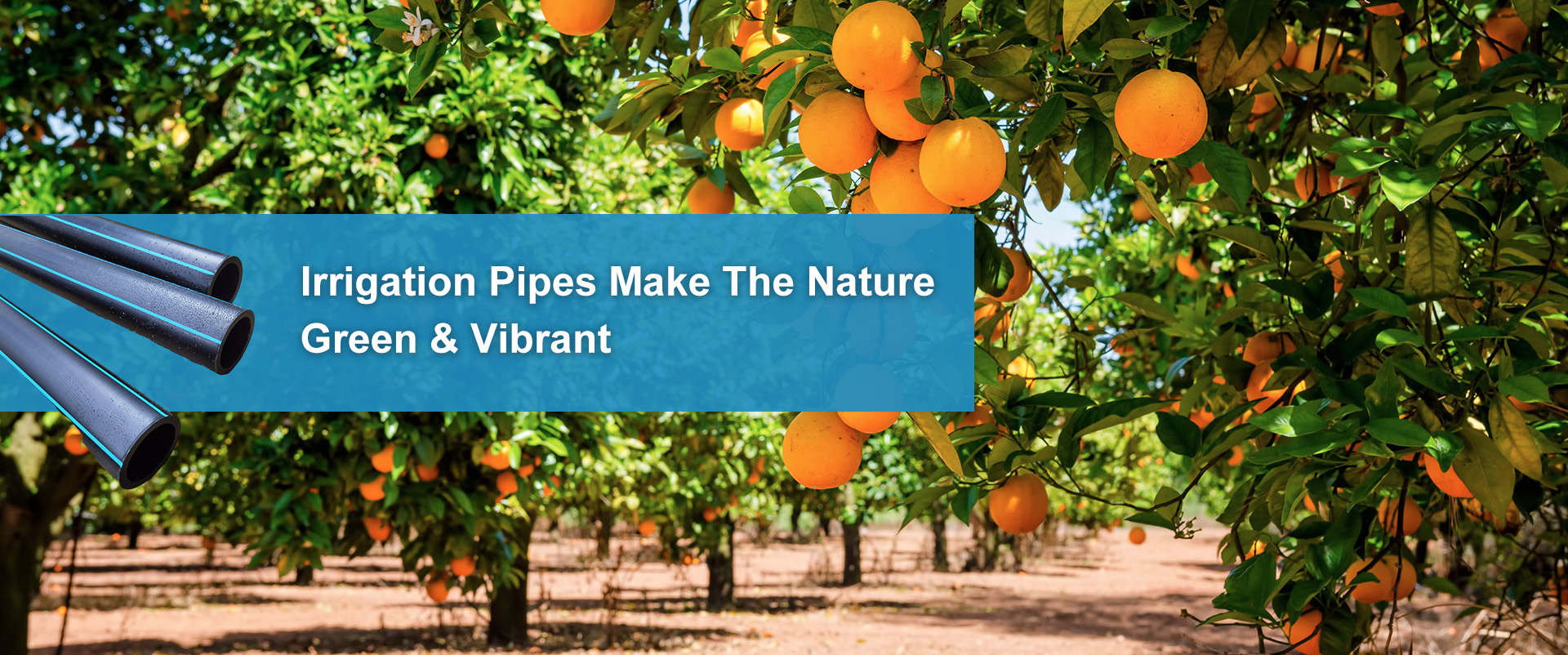Dec . 29, 2024 02:36 Back to list
ppr factory
Understanding the PPR Factory A Comprehensive Overview
In the realm of manufacturing, the term PPR Factory typically refers to a facility dedicated to the production of Polypropylene Random Copolymer (PPR). PPR is a type of thermoplastic that has gained significant popularity in various industries, particularly in plumbing and piping systems due to its durability, resistance to chemical degradation, and excellent thermal stability. This article aims to provide an in-depth look at the PPR factory, its processes, applications, and the benefits it brings to the market.
The Manufacturing Process
The production of PPR typically involves several stages, each critical to ensuring the quality and consistency of the final product. The first step is the polymerization of propylene gas in the presence of a catalyst. This reaction results in the formation of a random copolymer, which is then cooled and pelletized for easier handling.
Once the polypropylene is produced, the next phase in the PPR factory involves the extrusion process. During extrusion, the PPR pellets are heated and then forced through a die to create various shapes and profiles, such as pipes or sheets. This process requires precise temperature control and pressure management to ensure uniformity and avoid defects.
Following extrusion, the PPR products undergo a series of quality checks, including testing for strength, flexibility, and resistance to heat and chemicals. These tests are crucial as they determine whether the products meet industry standards and are suitable for their intended applications.
Applications of PPR Products
The versatility of PPR makes it suitable for a wide array of applications. In plumbing, PPR pipes are increasingly replacing traditional materials like metal and PVC due to their lightweight nature and resistance to corrosion. They can be used for both hot and cold water supply systems, making them ideal for a variety of residential and commercial projects.
In addition to plumbing, PPR products are also used in industrial applications, such as chemical processing and irrigation systems. Their ability to withstand high temperatures and pressure ensures that they can handle even the most demanding environments.
Moreover, PPR is widely used in heating systems, including underfloor heating installations. Its excellent thermal insulation properties contribute to energy efficiency, making it a popular choice for eco-friendly constructions.
ppr factory

Advantages of PPR Factory Production
One of the primary advantages of PPR factory production is the efficiency it offers. Automated processes reduce labor costs and enhance precision, resulting in high-quality products delivered in a timely manner. This efficiency is critical in meeting the increasing demand for PPR products in both domestic and international markets.
PPR factories also adhere to stringent environmental standards. Modern manufacturing processes are designed to minimize waste and reduce energy consumption. Many PPR factories implement recycling practices, ensuring that any waste generated during production is repurposed, thus promoting sustainability.
Furthermore, the scalability of PPR factories allows for flexible production rates, accommodating fluctuating market demands without compromising quality. This adaptability can be particularly beneficial in regions experiencing rapid growth in construction and infrastructure.
Challenges Faced by PPR Factories
Despite the advantages, PPR factories face several challenges. One of the most pressing issues is the volatility of raw material prices, which can impact production costs. Additionally, staying compliant with evolving regulations regarding environmental standards and workplace safety is crucial for maintaining operational licenses and brand reputation.
Moreover, competition in the manufacturing sector is fierce, with many companies vying for market share. PPR factories must continually innovate and enhance their product offerings to stay relevant and meet the changing needs of consumers.
Conclusion
The PPR factory represents a vital component of the modern manufacturing landscape, producing essential materials that contribute to a wide range of applications. By combining advanced manufacturing techniques with stringent quality control measures, PPR factories ensure that they meet the demands of the market while adhering to environmental standards. As industries continue to evolve, the role of PPR factories will become increasingly prominent, highlighting the importance of this material in our everyday lives. Embracing innovation will be key for these factories to thrive in a competitive environment and continue to deliver quality products that meet the needs of a growing global population.
-
High-Quality PVC Borehole Pipes Durable & Versatile Pipe Solutions
NewsJul.08,2025
-
High-Quality PVC Perforated Pipes for Efficient Drainage Leading Manufacturers & Factories
NewsJul.08,2025
-
High-Quality PVC Borehole Pipes Durable Pipe Solutions by Leading Manufacturer
NewsJul.08,2025
-
High-Quality PVC Borehole Pipes Reliable PVC Pipe Manufacturer Solutions
NewsJul.07,2025
-
High-Quality UPVC Drain Pipes Durable HDPE & Drain Pipe Solutions
NewsJul.07,2025
-
High-Quality Conduit Pipes & HDPE Conduit Fittings Manufacturer Reliable Factory Supply
NewsJul.06,2025

